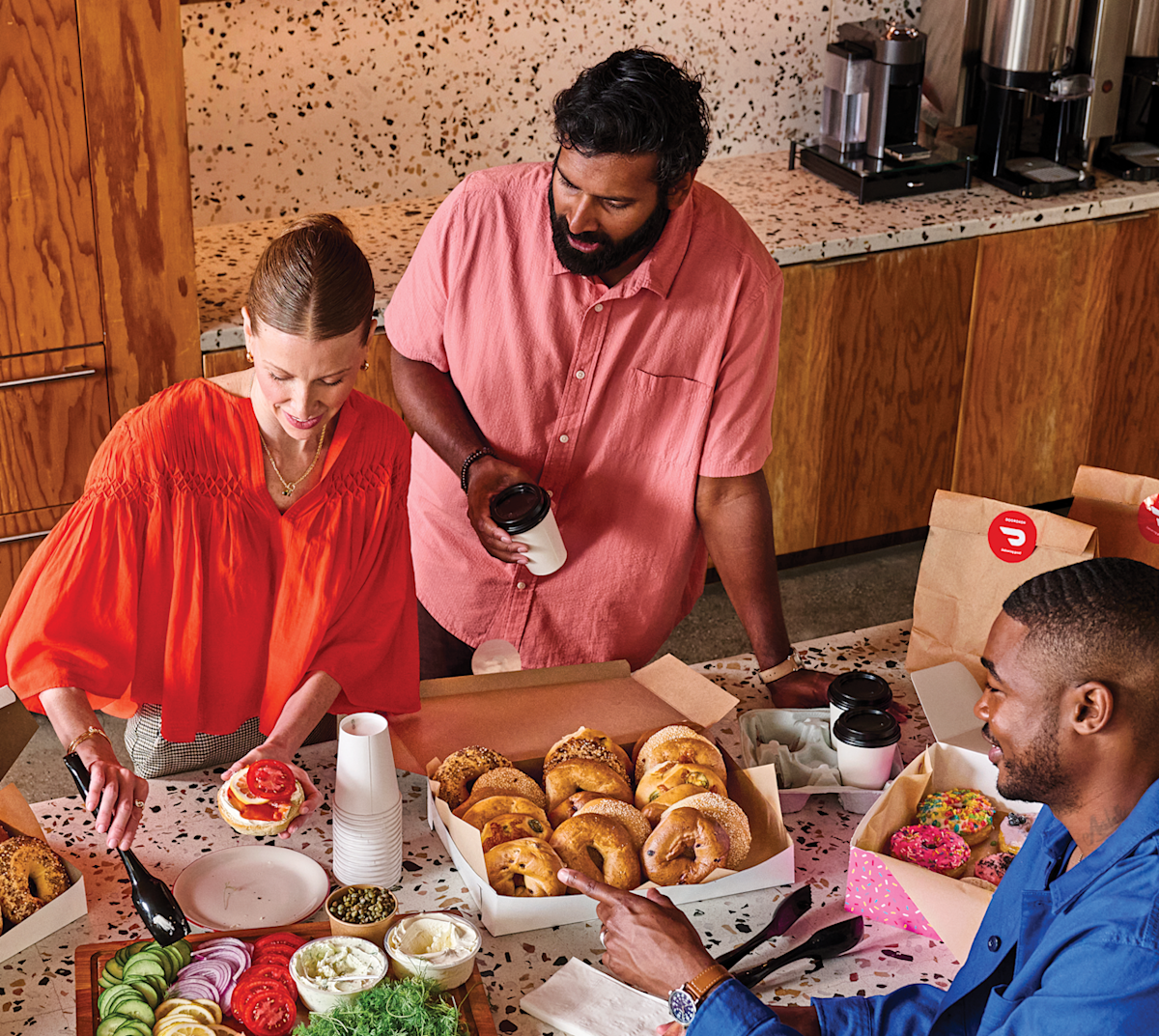You know that sense of tension and apprehension some people feel at the end of summer? It has a name: autumn anxiety.
But where do those feelings come from? After all, fall is also a season that many look forward to, with its holidays and festivals, cozy sweater weather, and pumpkin-spiced everything. It can seem cognitively dissonant — you know you should be excited, yet there’s a nervousness and foreboding you can’t seem to shake.
The truth is that there are several factors that cause autumn anxiety, which means that fighting it entails a holistic and preventative approach.
What causes autumn anxiety?
It’s perfectly normal to be stressed during periods of transition. Your routines are disrupted and you have to navigate new situations. It’s only natural for your brain and body to be on high alert.
June, July, and August are often characterized by a “summer slump” when employees are a little more lax at work due to the warm weather, plenty of outdoor events and activities to attend, and colleagues taking time off. Autumn couldn’t be more different — the weather changes, the end of the year is approaching fast, and everyone’s suddenly a lot busier.
Back-to-school stress and year-end work
For organizations across all sectors, Q4 is a notoriously busy time. The sprint from October to December is a frenzy of hitting targets, meeting deadlines, allocating resources, and planning for next year. For students — including employees who may be taking part-time courses — this is also when midterms, projects, and final exams take place.
For the parents of students, it can be just as hectic. Employees with families spend much of the autumn trying to manage their workloads while helping their kids with classes, commutes, and extracurriculars. And to top it off, some of the year’s biggest holidays — including Halloween, Thanksgiving, Christmas, and New Year’s — fall within this stretch too.
The cold, damp, and dark can take a toll
You might be surprised at how well the body remembers this stress from year to year. Physical cues — such as the shorter days and longer nights, as well as wetter weather and falling temperatures — serve as a subconscious reminder that this turbulent time of year has returned.
Less sunlight also means less vitamin D and less outdoor exercise, which can contribute to depressive symptoms and reduce the body’s ability to combat the cold and flu viruses that spread more easily at this time of year.
The brain produces more melatonin and less serotonin in these conditions as well. Melatonin is the hormone that makes you want to wind down for the night, and with shorter days and less daylight, it makes it harder to combat fatigue and maintain productivity levels. With all these physical, social, and seasonal changes taking place all at once, it’s no wonder autumn anxiety exists.

How flexible work helps employees manage autumn anxiety
If you feel anxiety in the fall, there are ways to overcome it. Pay attention to your body’s circadian rhythm — when the day is done and you feel sleepy, allow yourself to turn in early. After getting a full night's rest you’ll then have more time in the morning to catch all the sunlight you can. Take lots of walks and bike rides when the weather’s cooperating, so you can stay active and maintain your health. And finally, opt out of heavy comfort foods and choose nourishing meals that include mood-boosting foods.
Many employees may be thinking that this is all easier said than done. After all, their work hours and workloads dictate whether or not they can go to bed early and get a good night’s sleep. And their calendars and schedules determine if they can afford to take a break, when the sun is shining.
So employers have a fundamental role to play. By offering flexible work, they can empower their employees to take care of their health and personal obligations during a time that can be challenging for many. This can also bring a number of benefits to a business:
Because people can work in an environment of their choosing at their preferred time of day, flexible work can enhance employee productivity, creativity, and problem-solving.
You’re able to build a more diverse, equitable, and inclusive company as flexible work removes barriers to access.
Flexible work can also boost job satisfaction and retention. In a survey by Harvard Business Review, 77% of respondents prefer companies that let them work from anywhere.
This same study notes that when employees say they want flexibility, what they really mean is autonomy. There’s no point in being permitted to work virtually if they’re still mandated to be at their keyboards from 9:00 to 5:00. So when 59% of employees reported that flexibility mattered more to them than salary or benefits, what they truly value is the ability to structure their own workdays.
Flexible work strategies for employers
Employees and employers agree that in order for flexible work to function well, there need to be well-established structures, guidelines, and principles in place. Ensuring everyone understands the expectations around availability and meetings, asynchronous communication, and the value of collaborating in-person on certain tasks can set the company up for success.
Such flexibility goes a long way towards beating the autumn blues. So too can an employee meal benefits program. Nutrition is vital for keeping the workforce in good health and good spirits at this time of year, especially since meal planning and preparation adds to the stressors that fuel autumn anxiety.
Choose a meal benefits provider that supports your hybrid business model. When your team is onsite, you can create an office group order with a shared cart, with easy billing and expense reporting — as well as full control over where, when, and how much people spend. And when your team is offsite, expensed meal credits keep the team on their A-game while supporting their work-life balance.
With flexible work policies and a meal benefits program that can reach anyone, anywhere, your employees can stop stressing and get back to enjoying all their favorite things about the fall season. That’s the peace of mind DoorDash for Business delivers.




